Your bounce rate can be impacted by several factors, including mobile optimization and readability. Here’s how to revamp your website and increase patient engagement.
Your website is likely the first contact a potential patient will have with your practice. As such, it should capture their interest, be easy to navigate, and direct them to relevant resources.
A high bounce rate occurs when visitors leave – or “bounce” – without interacting with your site, and it’s a clue that your website may not be engaging to visitors. Standard bounce rates depend on your content, objective, and industry, but average bounce rates generally range between 45% and 66%. Any higher than this, and you likely need to re-examine your web strategy.
In order to bring in new business, your website should hold patients’ interest and encourage further engagement. If you’re experiencing a high bounce rate, it might be time to run some tests and determine what’s sending users away.
Understand Your Audience
Consumers are unlikely to interact with something unless it relates to them on a personal level. Take some time to identify the identity or “persona” of your patients. How old are they? What are their income levels? Are they male or female? What are they looking for in a healthcare provider? Once you understand who you are trying to attract, you can cater your messaging specifically to them.
Design your website with your patient persona in mind, and then create marketing materials to capture their interest. Ensuring that your marketing campaigns align with your website helps deliver a consistent message and keep patients engaged. If your marketing materials are misleading or speak to a different audience, visitors are more likely to bounce once they visit your website.
If you’re not sure how to determine your patient persona, you can start by surveying your target audience. Gather feedback from current and prospective patients about their experiences with your practice. Ask them about their background, how they found out about you, and what appeals to them about your brand. Then use this data to put together an informed patient profile to guide your digital strategy.
Optimize User Experience
A 2016 survey showed that when it comes to medical websites, patients tend to value ease of use over trustworthiness. This means that even if your practice is credible, visitors may leave your website if it’s difficult to navigate or full of intrusive ads.
There are many steps you can take to optimize user experience, including improving readability. Make sure you use a legible font and get rid of big blocks of technical text. Most patients are looking for simple, skimmable content, so leave the medical details for blog posts or graphics.
Load time is another crucial factor in reducing bounce rates and improving user experience. Surveys show that consumers expect websites to load in no more than two to three seconds, and 53% of them will leave if it takes too long. To evaluate your site’s load time, you can use free tools like Google’s PageSpeed Insights, which will show where you rank among your competitors and offer suggestions for improving performance.
Finally, it’s essential that your practice’s website is optimized for mobile devices. Since 63% of all traffic in the U.S. comes from mobile, overlooking mobile users will likely result in a loss of business. Improve your site’s mobile experience by increasing text and button size and eliminating out-of-date media types like flash that can cause technical errors. To find out if your site is mobile-optimized, paste your URL into Google’s Mobile-Friendly Test and look through their report.
A patient’s impression of your website will likely determine whether or not they decide to visit your practice. By following these guidelines, you can improve user experience, lower your bounce rates, and even perform better on search rankings. Patients are likely to respond by further exploring your website and ultimately giving you their business.
















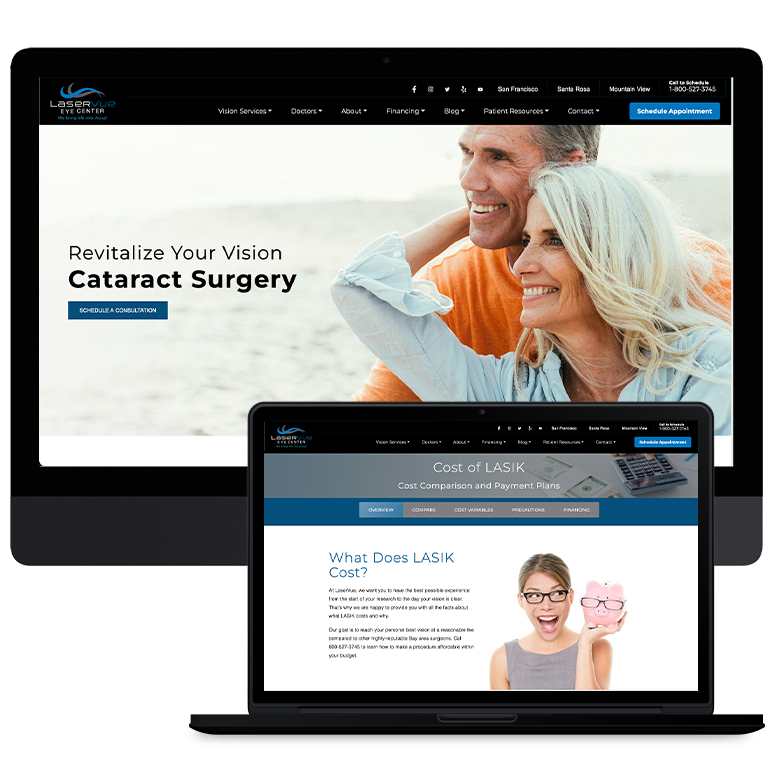
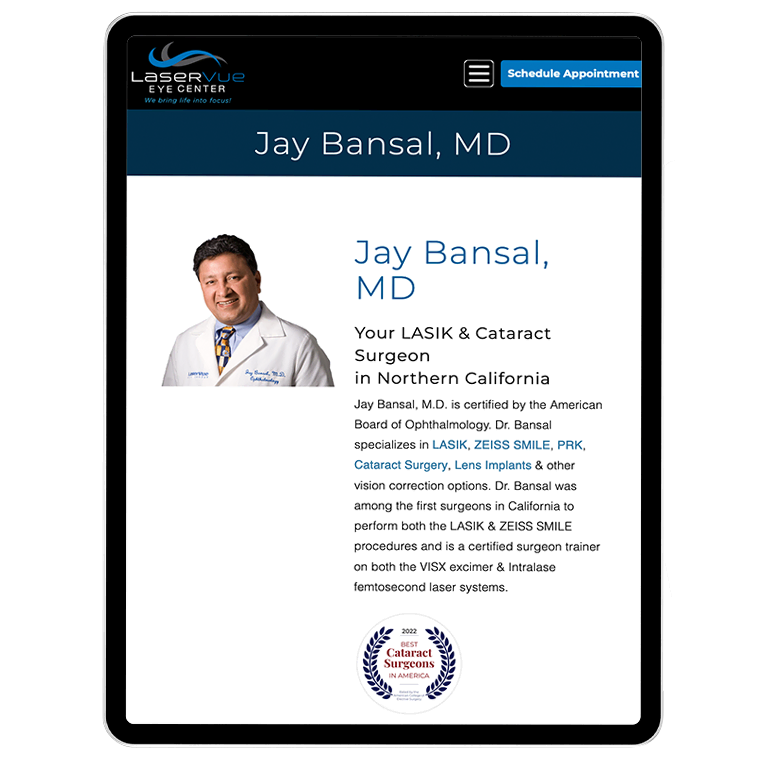


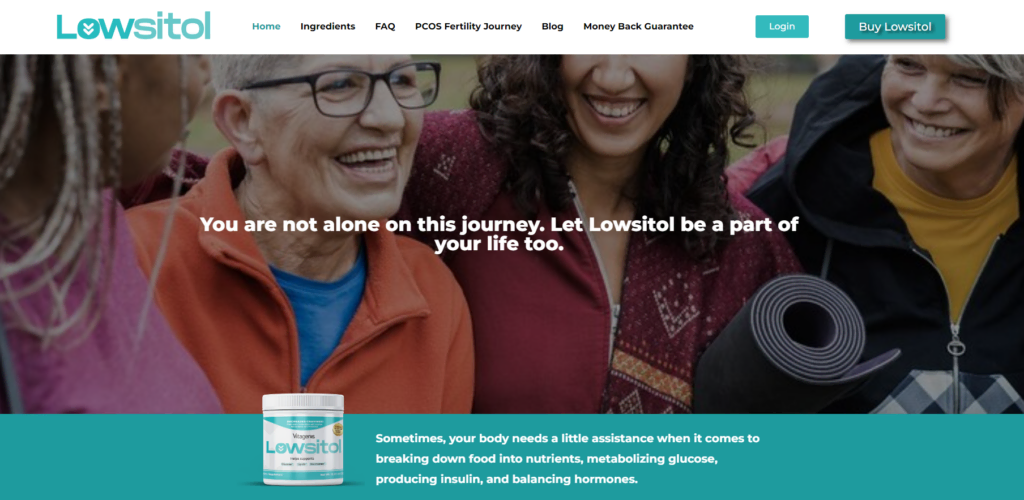


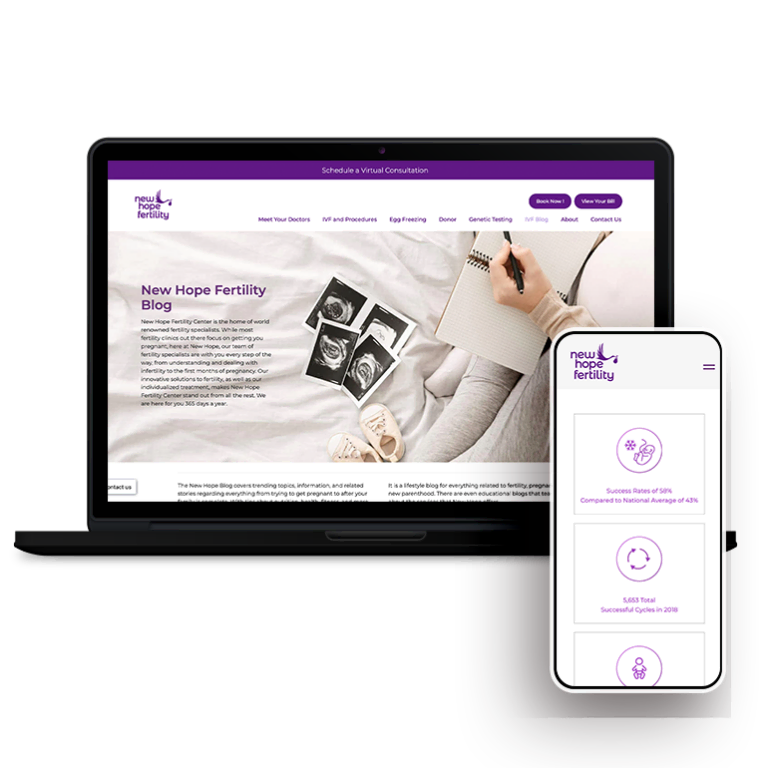
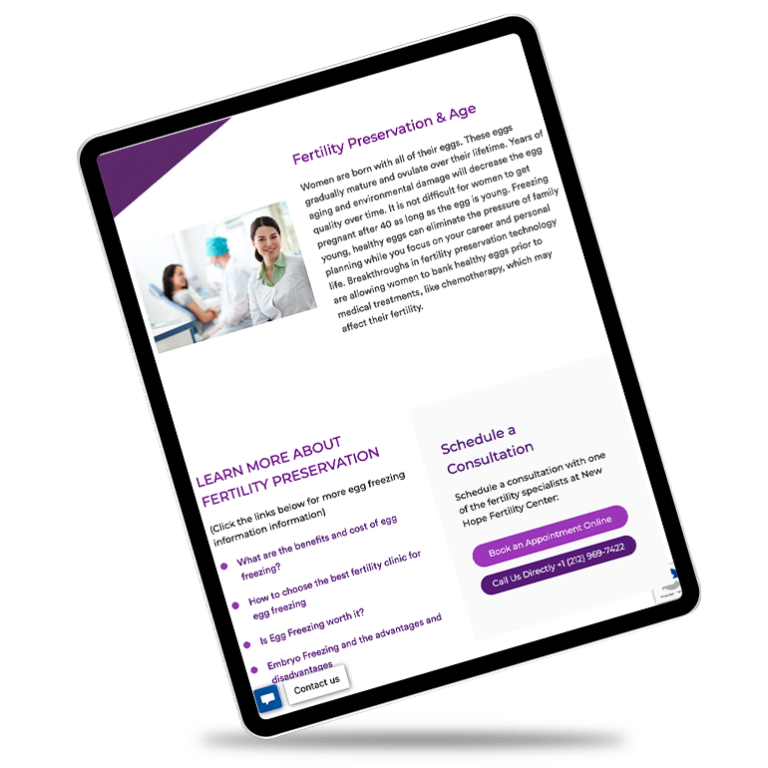

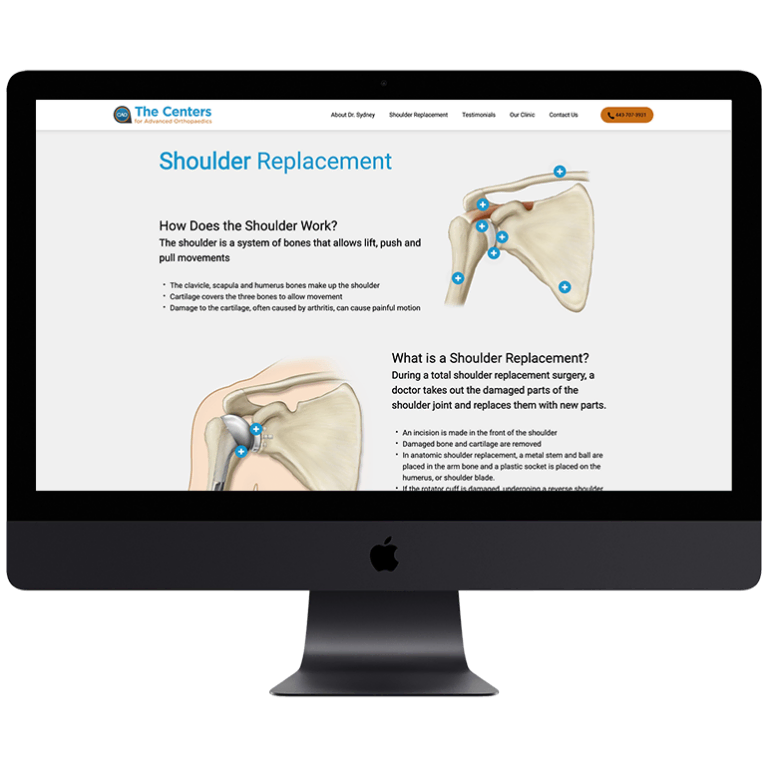




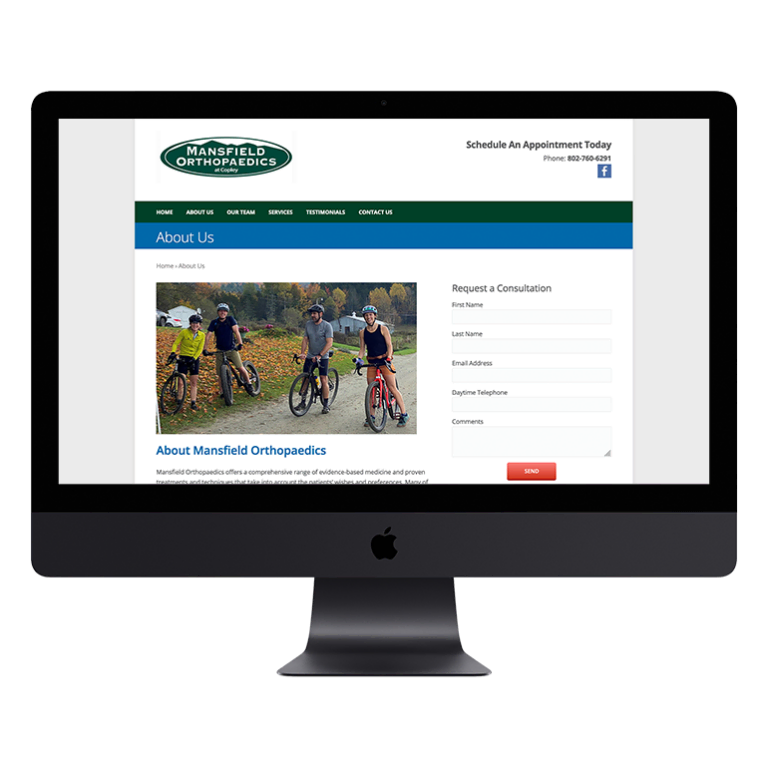
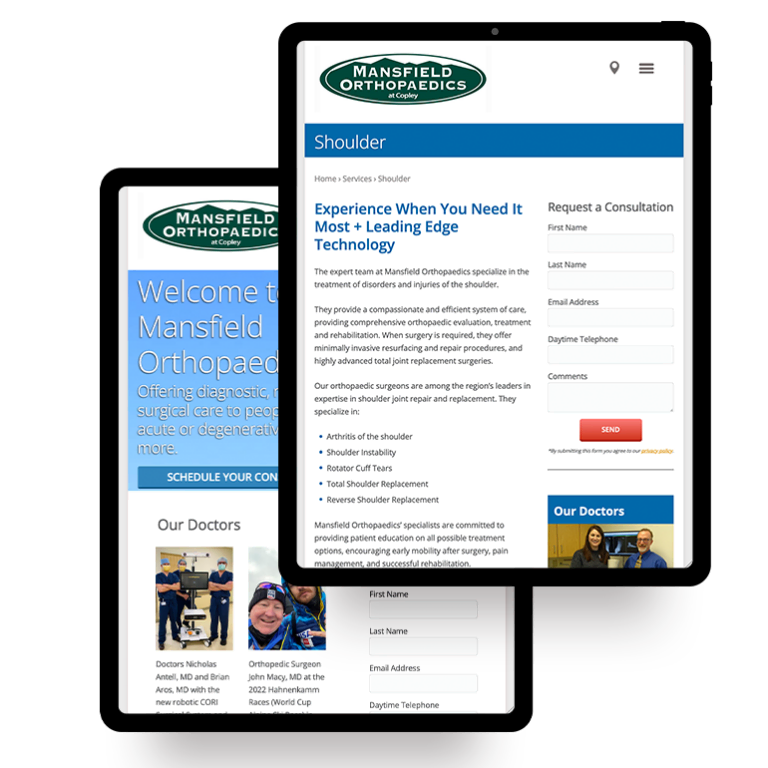

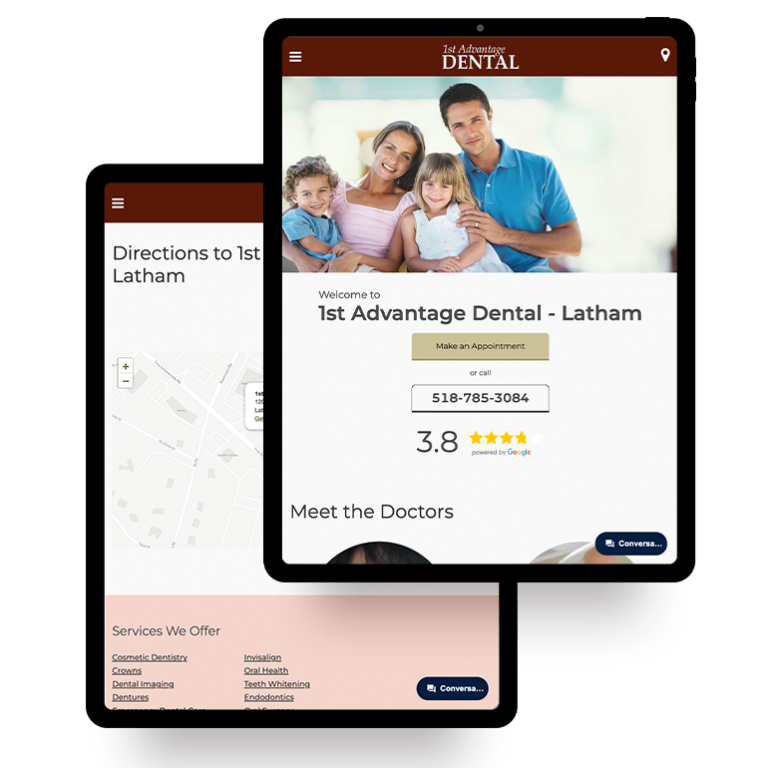

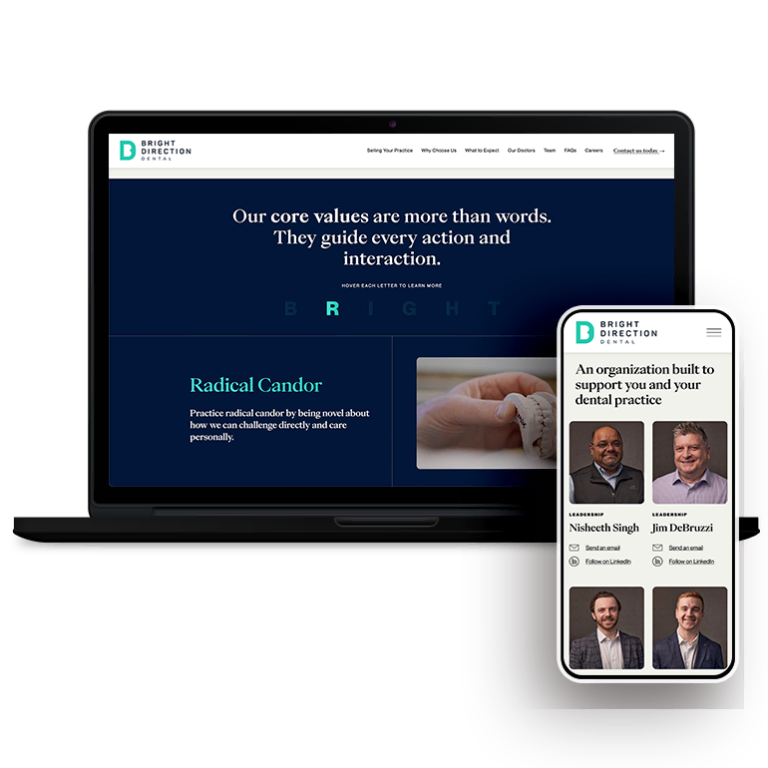
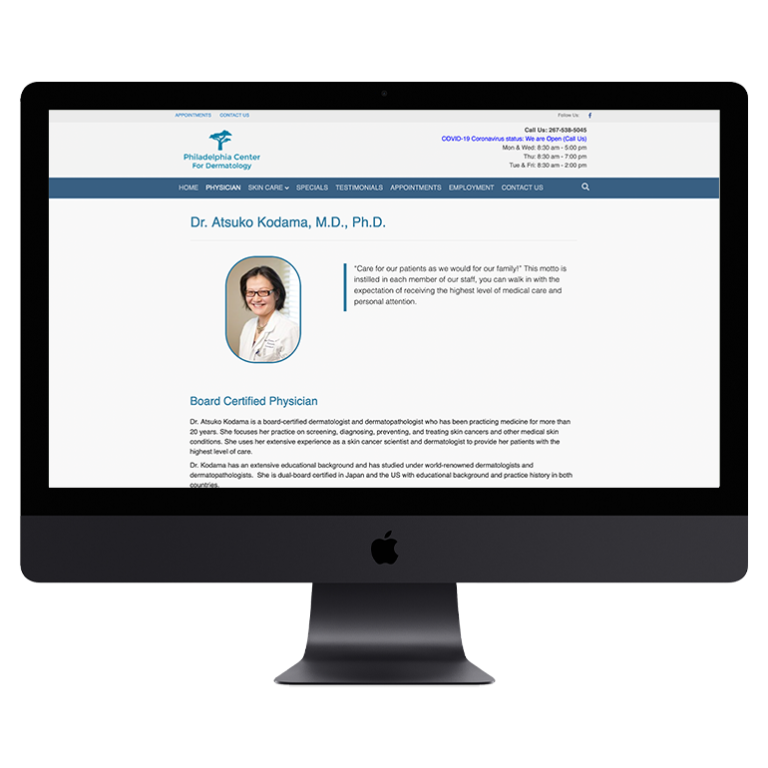
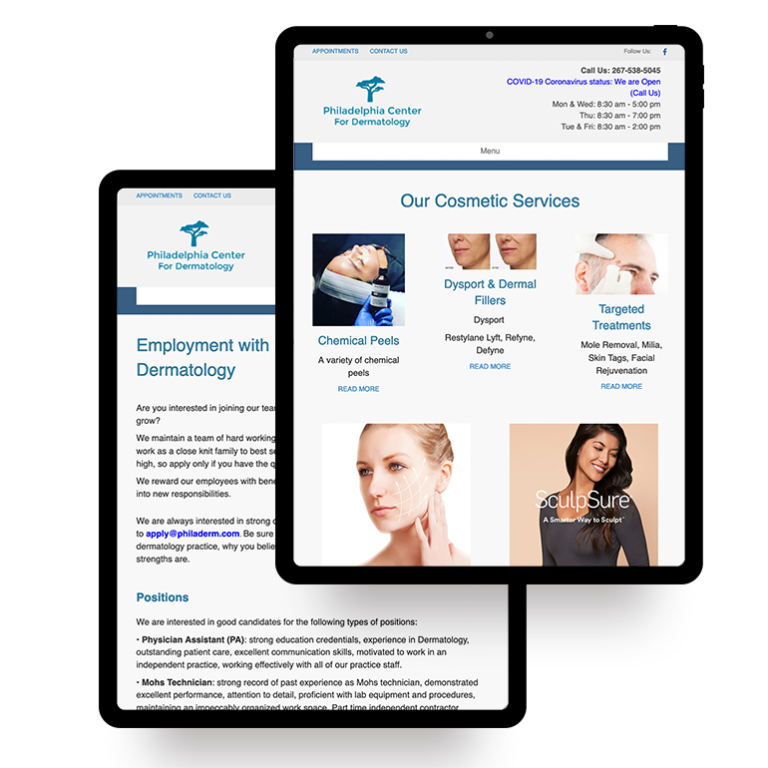



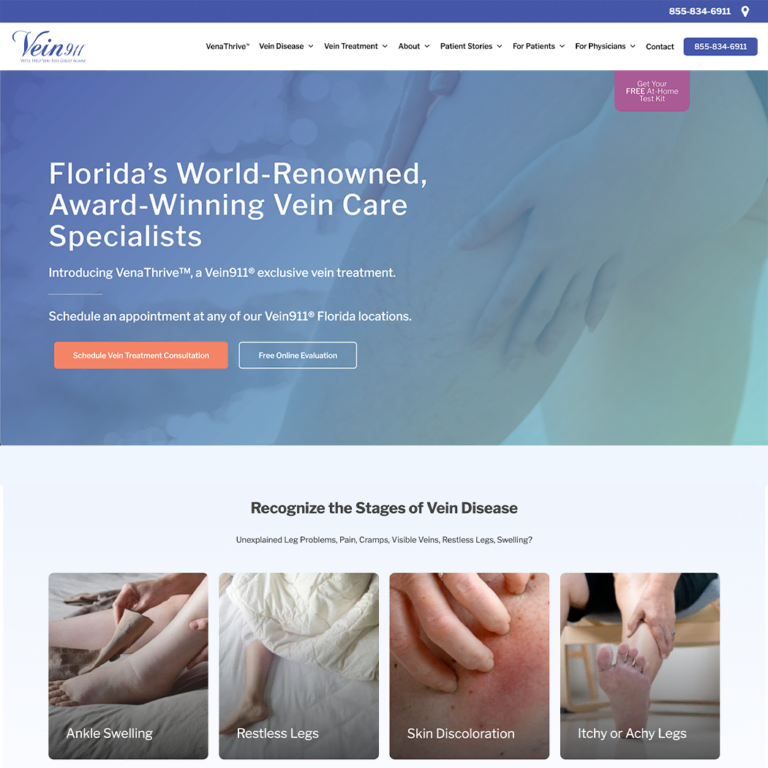
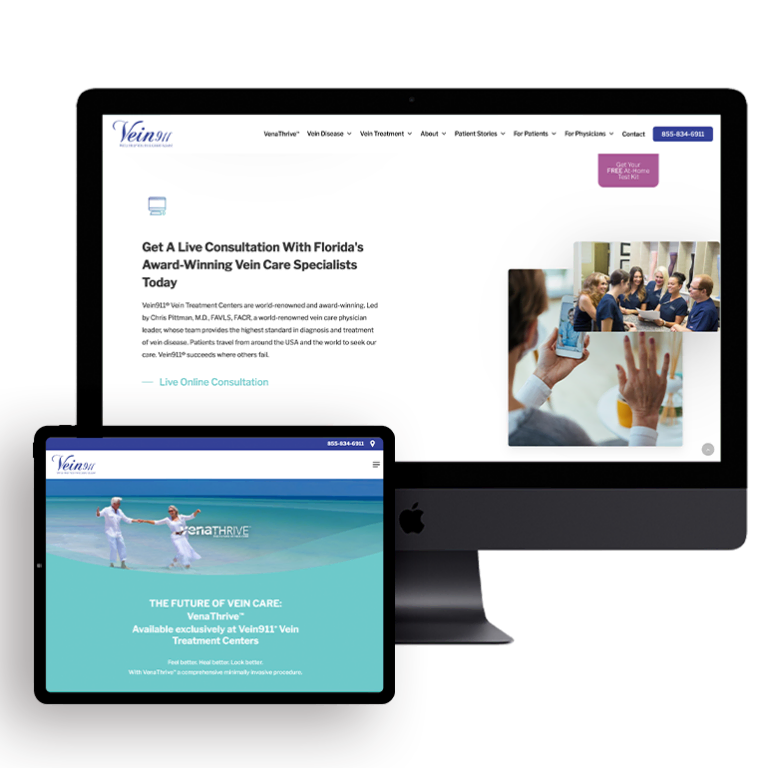
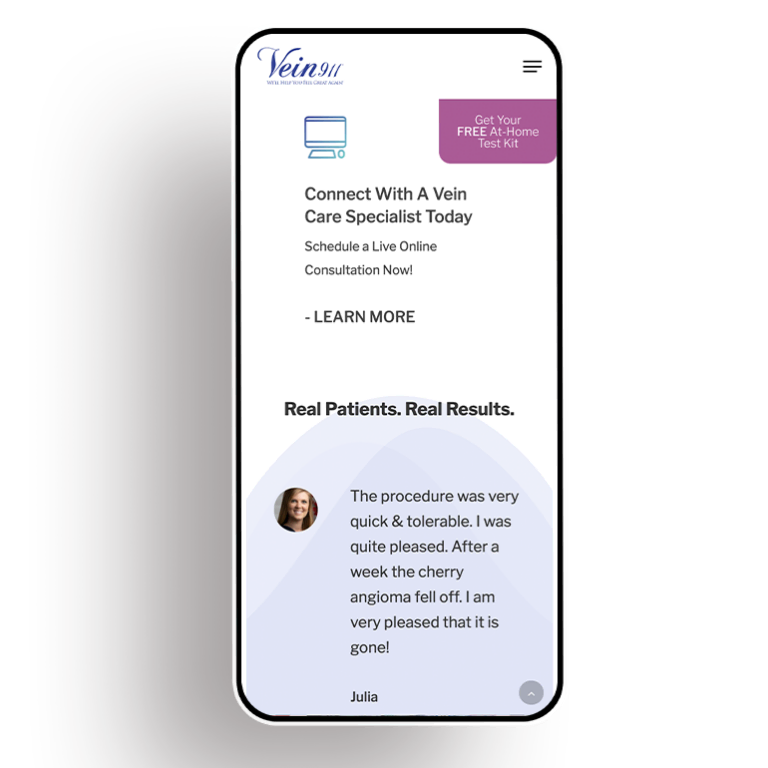

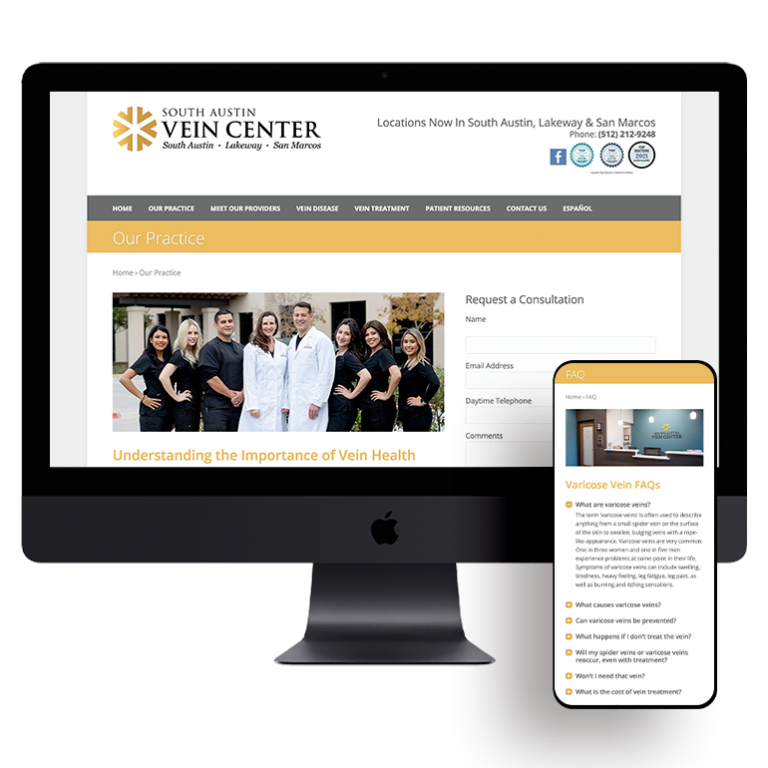
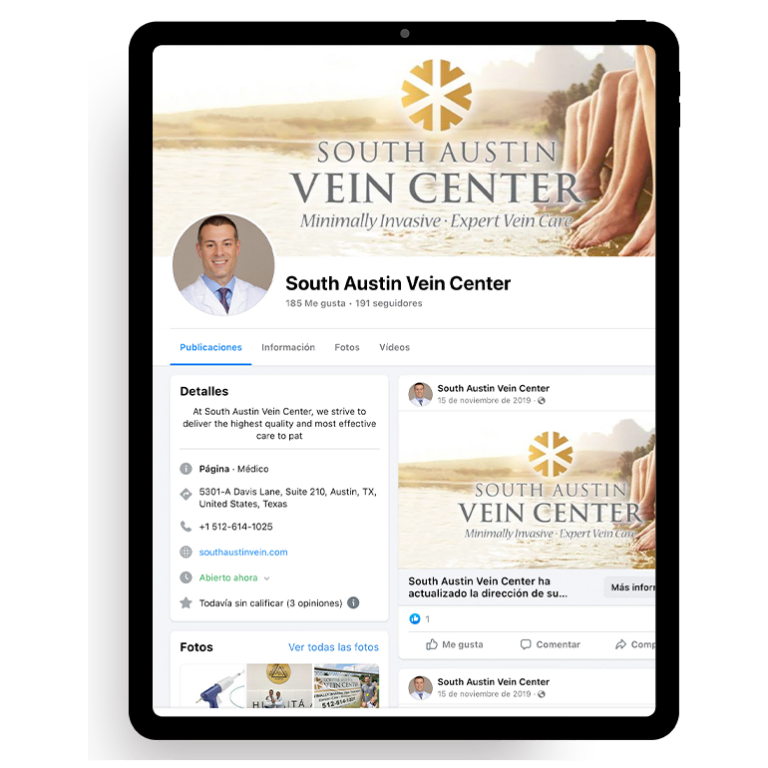



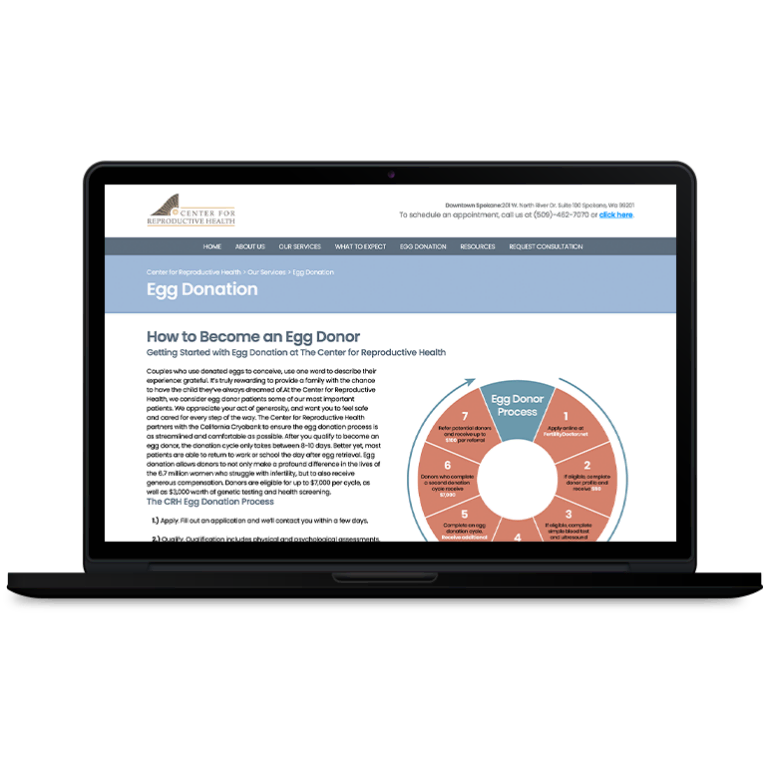
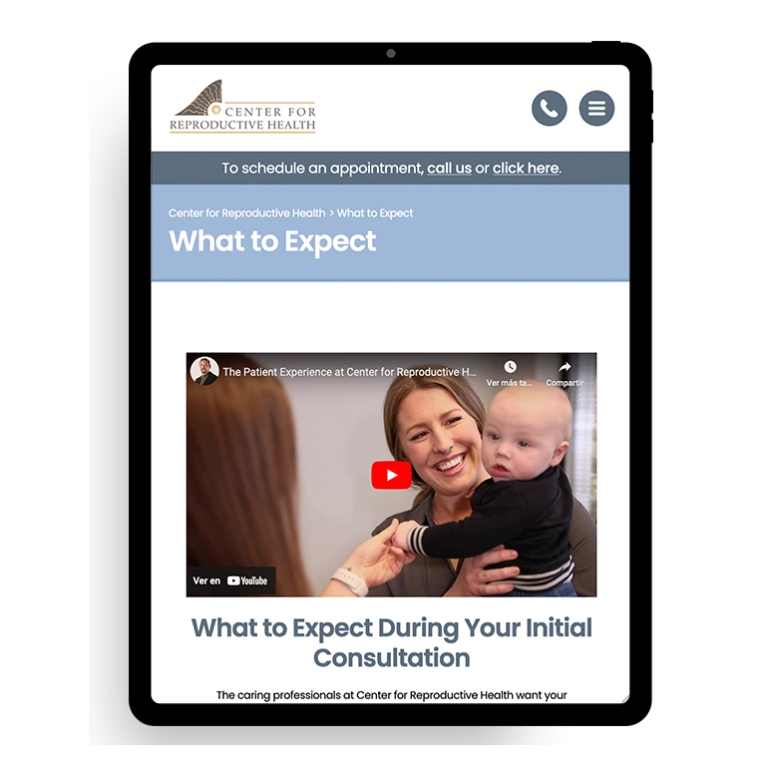
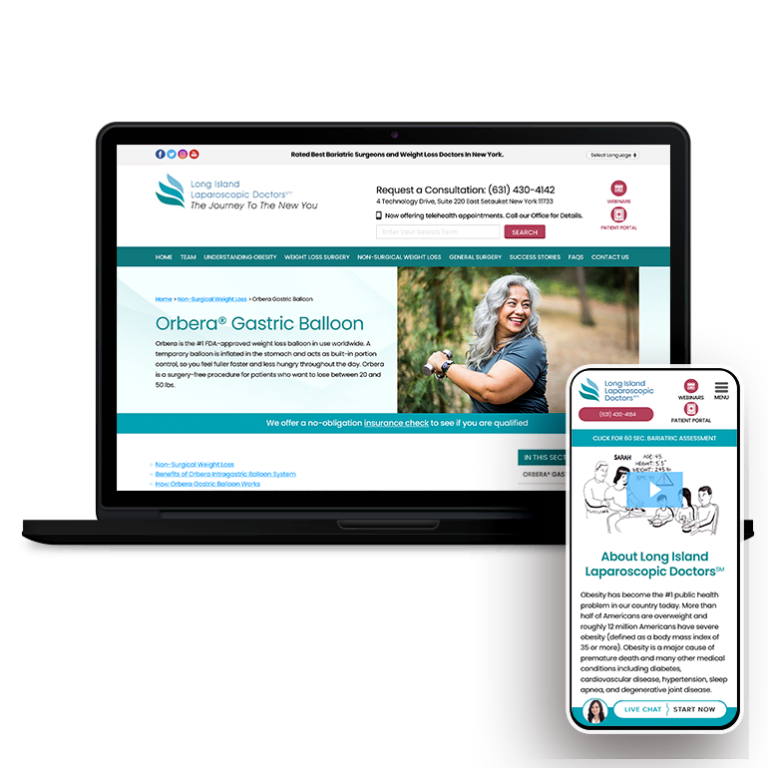
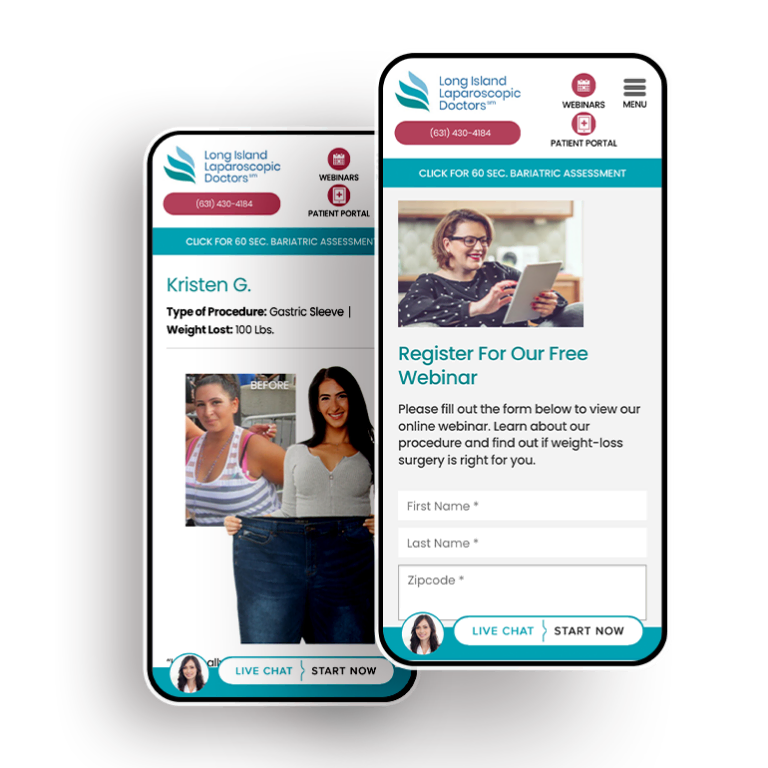
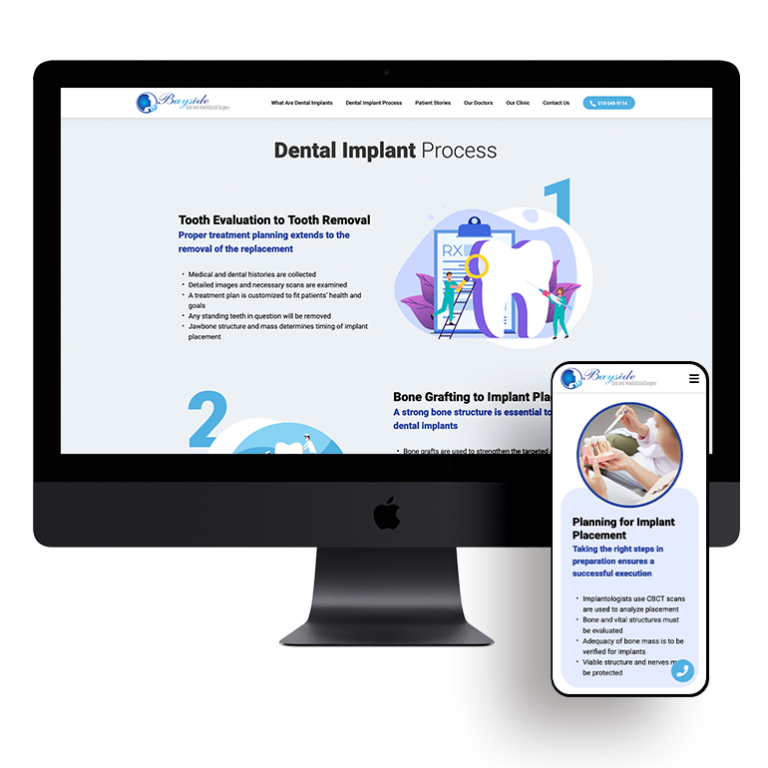

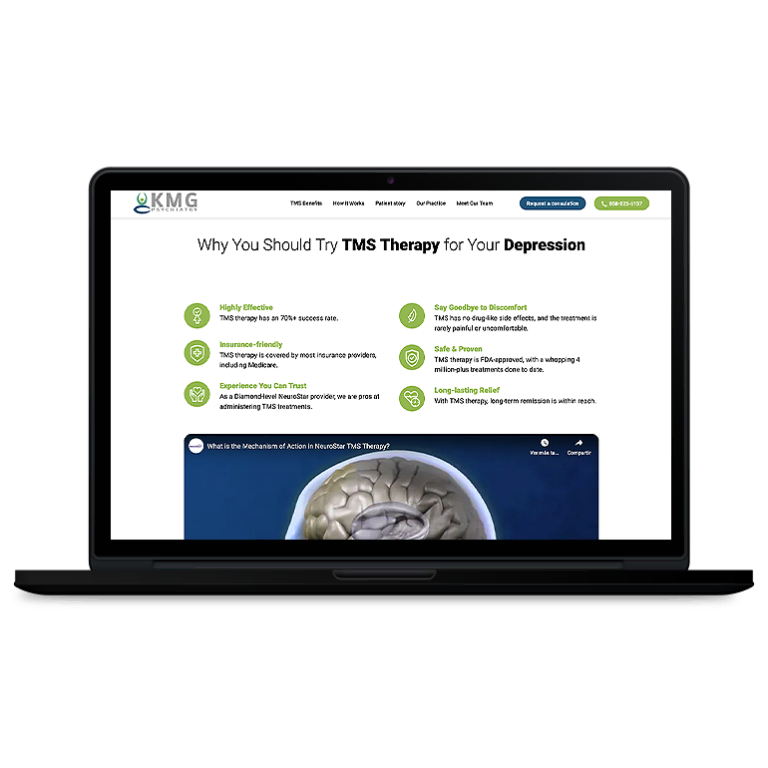


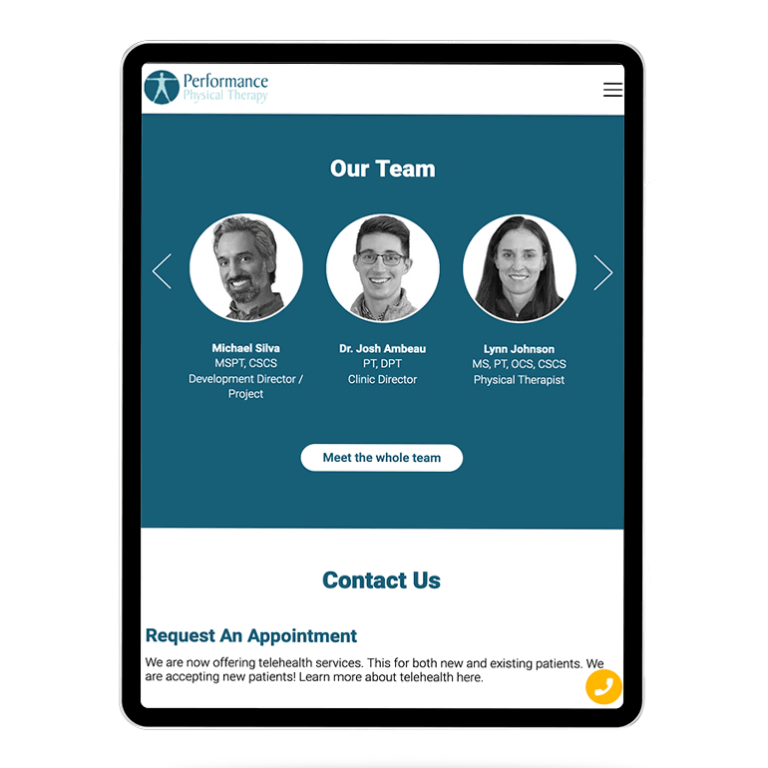


 Smart Design Creates New Patient Opportunities
Smart Design Creates New Patient Opportunities